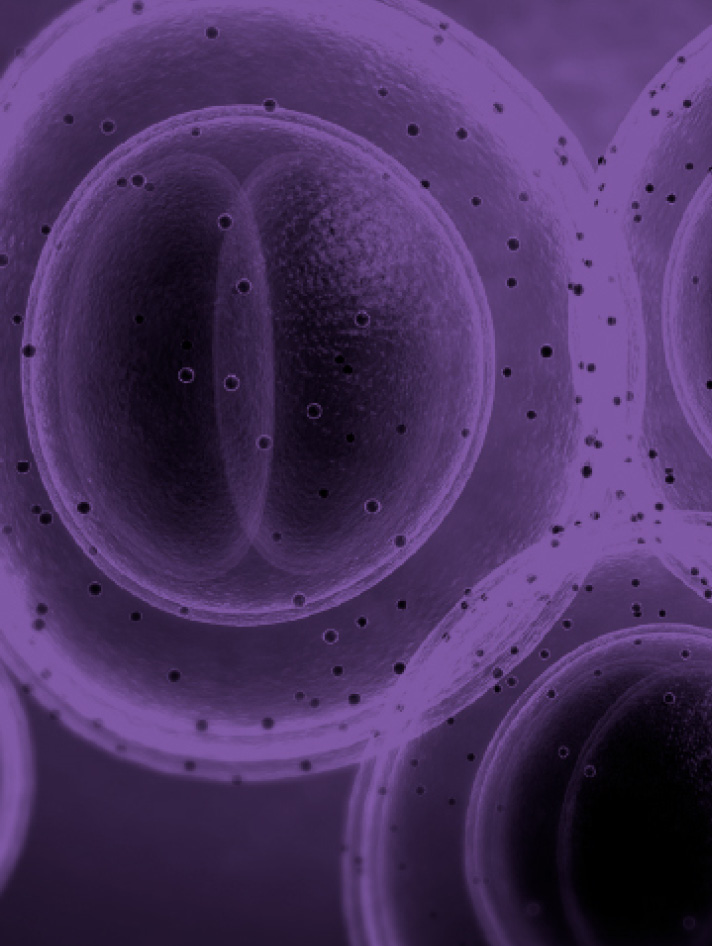 - Current Issue
- Current Issue
Volume 6, Issue 2, 2019
- Case Report
-
- Occular
-
-
Post-traumatic endophthalmitis caused by Nocardia nova
More LessIntroduction. Nocardia nova complex has been associated with infections in both immunocompetent and immunocompromised patients. Infection can be localized or disseminated, affecting skin and soft tissues, the respiratory system, bones and joints, the circulatory system and especially the central nervous system. Ocular infections such as keratitis, scleritis, conjunctivitis, dacryocystitis, orbital cellulitis and endophthalmitis due to Nocardia spp. are infrequently reported, and usually described after penetrating corneal trauma or ocular contact with plants and soils.
Case presentation. An immunocompetent male presented with a history of penetrating ocular trauma that had evolved to infectious endophthalmitis, which was refractory to different antibiotic treatments. No micro-organisms were isolated from repeated conjunctival smear and corneal scraping cultures between the ocular trauma (August 2014) and the endophthalmitis diagnosis (November 2015). After this period, N. nova sensu stricto was isolated in aqueous humour aspirate. Treatment was adjusted and clinical improvement was obtained after an adequate microbiological procedure, including an optimal sampling and an antimicrobial-susceptibility testing report.
Conclusion. Nocardia identification to the species level and performance of antimicrobial-susceptibility tests are both essential tools for treatment adjustment and clinical improvement.
-
- Soft Tissue
-
-
Methylobacterium infection of an arthritic knee
More LessIntroduction. Osteoarthritis (OA) is a common cause of knee pain in older adults. OA is primarily caused by deterioration of cartilage in the knee, which decreases the ability of synovial fluid to absorb shock and increases the opportunity for bones of the joint to rub together. Hylan G-F 20 (Synvisc-One) is a compound that can be injected directly into the knee to help combat the pain associated with OA by lubricating and cushioning the joint.
Case presentation. A 92-year-old male reported to his primary care provider with complaints of pain due to OA. An ultrasound-guided injection of Hylan G-F 20 was administered without complication; however, the patient presented to an emergency department approximately 10 h after the injection complaining of stabbing pain and swelling in the same knee. Specimens submitted for culture 12 h post-injection yielded a Methylobacterium spp. that was identified following biochemical testing, MALDI-TOF (matrix-assisted laser desorption/ionization-time of flight) MS analysis and bacterial sequencing. Interestingly, symptoms began to subside following aspiration of synovial fluid, and new cultures of synovial fluid collected 24 h post-Hylan G-F 20 injection were negative for the presence of Methylobacterium . The patient’s knee returned to baseline with diminished pain due to OA approximately 1 week after the initial injection without antibiotic treatment.
Conclusion. We report short-term complications following treatment of OA with a Methylobacterium -contaminated lot of Hylan G-F 20.
-
Volumes and issues
Most Read This Month Most Read RSS feed


